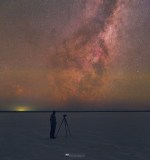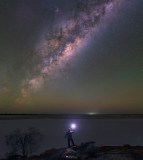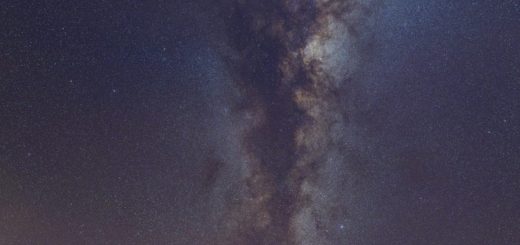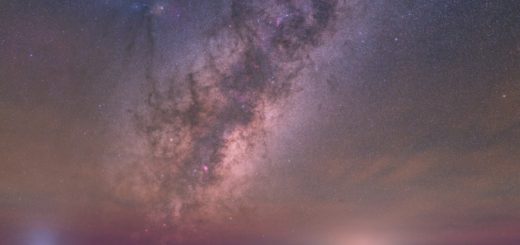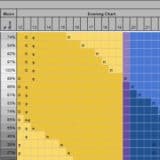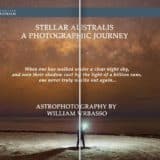Wonder at Lake Brown
by admin · April 14, 2018
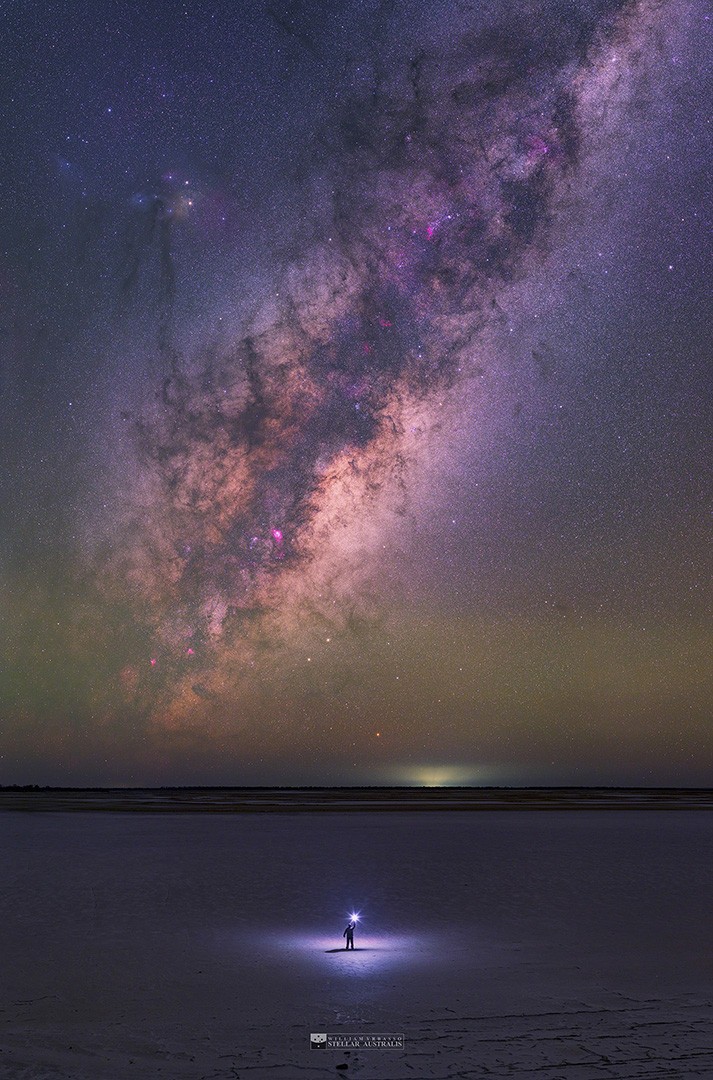
Into the unknown part of the wheatbelt (for me) I travelled to reach Lake Brown. Four hours from Perth, this dry salt lake that lies in the shire of Nuragin was remote enough that we planned to stay overnight. Passing through Merridin my brother and I headed north through the dry wheatfields and small bushlands. The roads were occasionally littered by branches and fallen trees - a very powerful storm had hit the region a few weeks ago. But it was a clear day that day, blue skies shining down upon golden fields.
After a while we found the gravel road that headed east to the lake. This is a short track and easily traversable by cars, posing no problems for my 4wd. After skirting the western side of the lake for a little while it opened into a small camping ground north of a rocky ridge. Someone was camping there on the shore of the lake, so we continued on driving alongside the ridge until we came to a small break in the rock and where we parked. Our base camp was situated on an elevated position with wide views of the dry lake below. And what a view - the white expanse of salt under blue skies.
After quickly unpacking tables and chairs, we headed down to the shore of the lake. The lake was dry, salt crusting the surface. Here and there small twigs and branches lie embedded in the whiteness. We first walked south along the shore, to our left was the flat salt plain of the lake, and to the right was the granite ridge skirting the side of the lake. This rocky ridge has many intricate textures and was pocketed with small caves and holes. After circling back we walked up the rocky hill north of our camp. It was a relatively easy climb and rewarded us with fantastic sweeping views of the lake. It was here I thought to myself that a great shot could be made of the lake below and the night sky with the Milkyway rising over the eastern horizon.
We waited impatiently for the night. As it fell we grabbed our equipment and walked again south near the ridge. My plan was to first image the constellation of Orion as it descended over the western horizon. I could image my brother in one of the caves in the ridge, as well as at the top of the ridge where I could shot slightly upward and catch him as a lone silhouetted figure against the full breadth of Orion. This I achieved later with varying success. The night was very dark, the Milkyway not yet above the eastern horizon, and therefore the foreground of the ridge was extremely dark and in post processing did not come out very well. Much better was the shot of my brother on the ridge with Orion - shooting slightly upward is always advantageous with these types of shots through longer focal length lenses as it cuts through less atmosphere and provides clearer views.
With Orion set into the west we turned our attention to the east where the Milkway core was about to rise. We walked out onto the lake. Here the dry salt when compressed by our weight brought a little water to fill the bottom of our footprints. When shooting with our tripods set on the salt this little bit of water turned into small puddles due to our constant motion of checking and shooting through our cameras.
Then came the chance to try some various techniques of astrophotography. The Milkway rose, and with 85mm I took some mosaics of my brother with his camera waiting for the core. I also planted my flash into the scene upon narrow metal poles to take a "Will'o'Wisp" composition of the light upon the dry lake. Then, using a 200mm I attempted to image my brother standing upon the lake and watching the Lagoon nebula as it rose above the dry salt. This did not turn out too well - the target suffered from colour cast due to the atmosphere, my brother was still to near that both he and the sky were not in focus, and his head blended into the coast on the far side. Lessons learned for next time - 200mm focal length is certainly not a common nor recommended focal length for nightscapes.
With lights on we next climbed the rocky hill scouted earlier and set our tripods. From here I sent my brother forth far out onto the lake with the camera flash in hand. This would be the image that was to achieve much success in future newspaper publications and social media. Switching back to an 85mm, I shot a mosaic of my brother all alone upon the empty, desolate lake, with the Milkyway core rising out of the darkness. The elevated position really emphasises the solitary figure wandering the bleak emptiness.
The rocky ridge provided many possibilities. After putting on the 50mm, I took an image of my brother standing on a small rock high up on the ridge and overlooking the lake and the Milkyway. Then, swinging to the south my brother posed with reaching arms as the Large Magellanic Cloud arced overhead - this image is the only one so far that I've captured the streaking of a meteorite (suprising considering the many years of doing this hobby).
My final image that was to be a panorama did not turn out - in my enthusiasm I skipped a frame in the mosaic and therefore could not salvage it.
With that, we returned to our base camp. I did a quick mosaic of our base camp - I probably should have lit the foreground a bit. However I was getting tired and sloppy, the image could've been much better with a bit more care.
Settling in, tea in hand, we watched the night skies and listened to the breeze. Dawn would not be far off.


